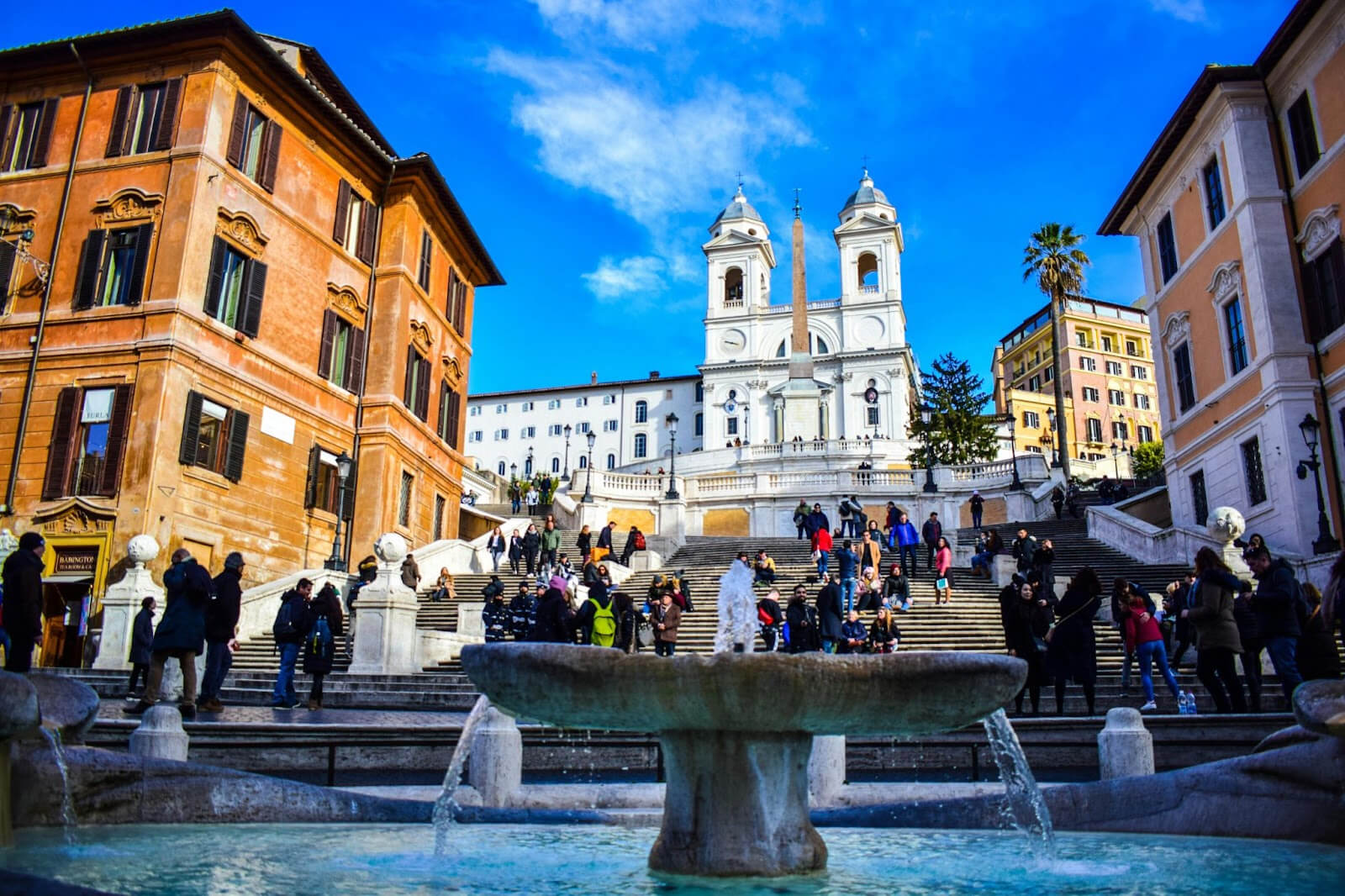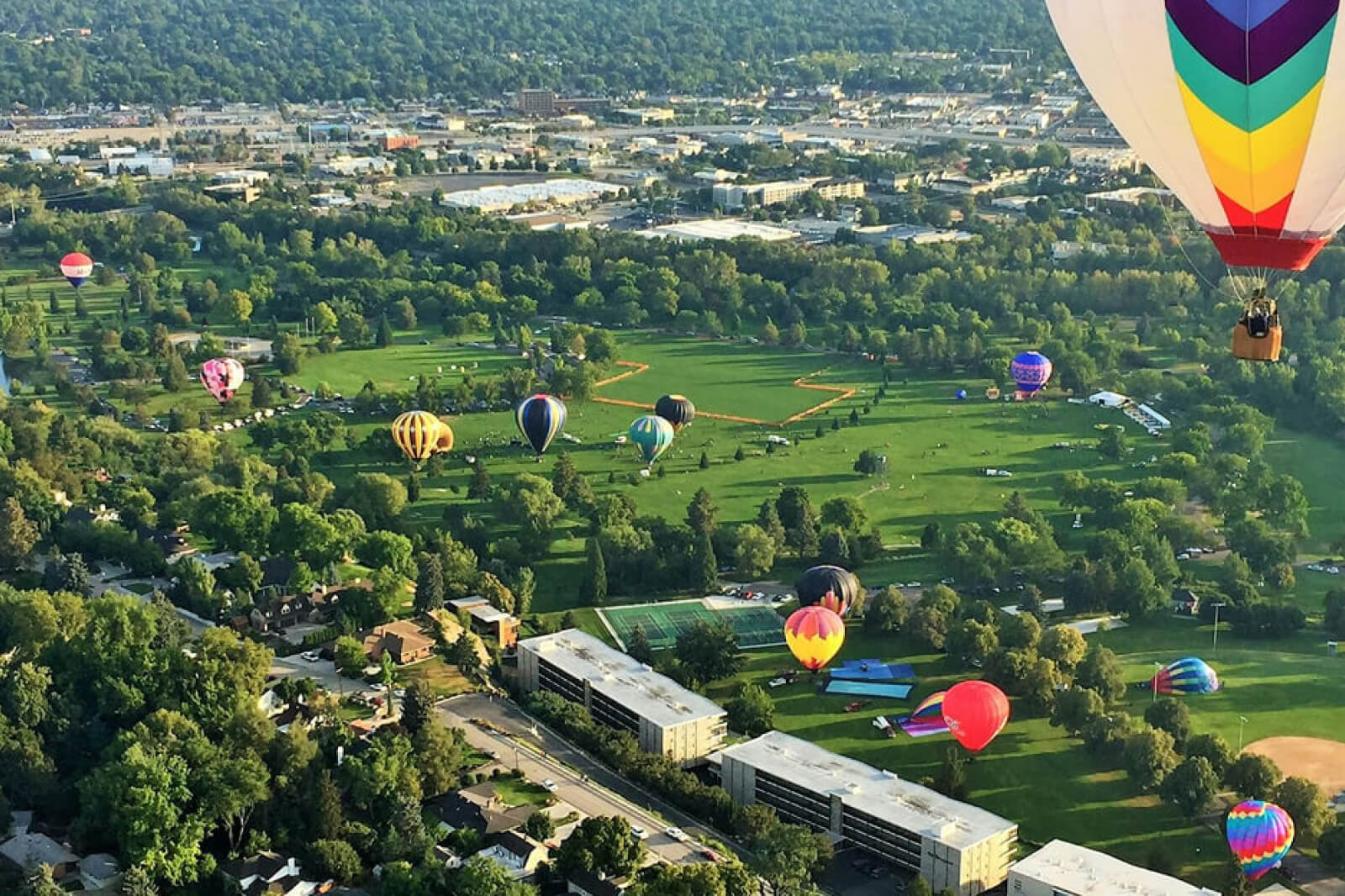
Finding Quiet Spaces In The World’s Loudest Cities

Urban life is noisy. The grinding engines of trucks, the rattling of jack-hammers, the thumping bass-heavy music pouring out of cars, the roar of the subways – these and other aural assaults vex the city dweller. Noise pollution is not only irritating, it’s rough on your health.
The earth.fm website quotes the World Health Organization on the subject: “Because we subconsciously interpret abrupt noises as signs of danger, they ‘trigger involuntary fight-or-flight responses’ and ‘strain [the] autonomic nervous and endocrine systems.’”
Extended exposure to noise pollution, earth.fm states, can lead to “tinnitus; mental health symptoms like anxiety, stress, fatigue, and headache; cognitive impairment and decline; heart attacks, strokes, and other serious heart-related problems.”
earth.fm provides a list of the loudest cities in the world. I was surprised to learn that Boston, MA tops the list of cities in America. Edinburgh, Scotland heads the UK list, and Vienna, Austria is number one on the European list – perhaps it’s all that yodeling?
Preply – a website dedicated to connecting language tutors and students – has a different set of winners in the noise pollution game. Paris est le numéro un, and is followed by New York, Hong Kong, and London. They very kindly provide a list of the quietest cities in the world in case you need a break from all the cacophony; head for Frankfurt, Munich, or Amsterdam – Preply’s top three.
If you can’t afford to visit any of those cities, chances are there’s a quiet place not so far away from you. And if you’re really desperate, you might seek out an anechoic chamber.
What’s that, you say?
According to Trevor Cox, author of The Sound Book: The Science of the Sonic Wonders of the World, excerpted by the American Scientist website, such a chamber is “an acoustically isolated room that provides unchanging, guaranteed silence, uninterrupted by wind, animals, or human noise.” It sounds like a memorable – possibly freaky? – experience.
You have to go through three doors to reach the chamber because
it is a room within a room. To make the place silent, several sets
of heavy walls insulate the innermost room, stopping outside noise
from entering. The chamber is mounted on springs to prevent
unwanted vibration from getting into the inner sanctum…But it is
not silent. Your body makes internal noises that the room cannot
dampen.
Sound recordist Chris Watson described his experience
in such a chamber: “There was a hissing in my ears and a low
pulsing that I can only guess was the sound of my blood
circulating.” The internal noises are not the only oddity. The
foam wedges on the floor, ceiling, and walls absorb all speech;
there are no acoustic reflections. We are used to hearing sound
bouncing off surfaces, which is why a bathroom is lively and
reverberant, and a bedroom is muffled and subdued. In the
anechoic chamber, speech sounds very muffled, like when your
ears need to pop in an airplane.
I think we’d all prefer low sound to no sound. Which is where earth.fm re-enters the picture. It’s not surprising that the quietest places in the world are parks, gardens, and sanctuaries. From Los Angeles’ Japanese Garden to New York City’s Chinese Scholar’s Garden, from London’s Kyoto Garden to Florence, Italy’s Il Giardino delle Rose, nature once again offers rest, respite and refreshment. It’s one of the oldest secrets in the world – one we discover over and over again as we seek a bit of peace and quiet in the jungle of cities.



